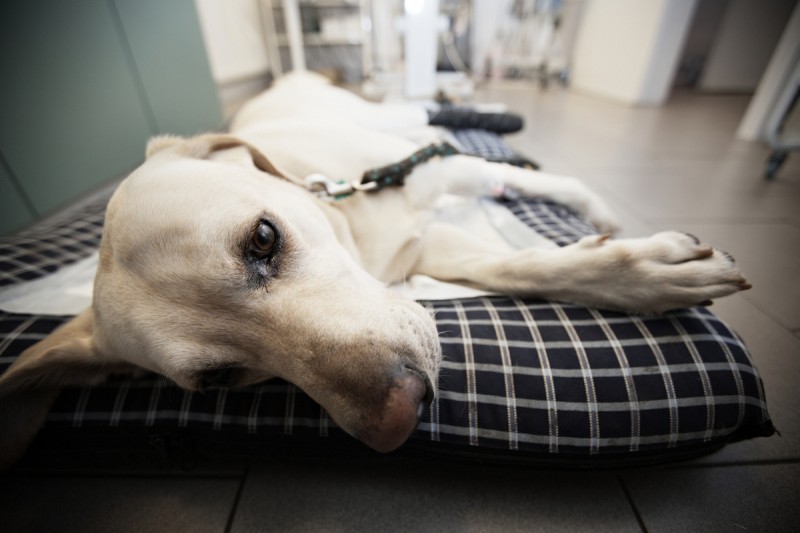

Guidelines for submitting articles to Hacienda Riquelme Golf Resort Today
Hello, and thank you for choosing Hacienda Riquelme Golf Resort.Today to publicise your organisation’s info or event.
Hacienda Riquelme Golf Resort Today is a website set up by Murcia Today specifically for residents of the urbanisation in Southwest Murcia, providing news and information on what’s happening in the local area, which is the largest English-speaking expat area in the Region of Murcia.
When submitting text to be included on Hacienda Riquelme Golf Resort Today, please abide by the following guidelines so we can upload your article as swiftly as possible:
Send an email to editor@spaintodayonline.com or contact@murciatoday.com
Attach the information in a Word Document or Google Doc
Include all relevant points, including:
Who is the organisation running the event?
Where is it happening?
When?
How much does it cost?
Is it necessary to book beforehand, or can people just show up on the day?
…but try not to exceed 300 words
Also attach a photo to illustrate your article, no more than 100kb

Filariosis, or heartworm, a preventable problem for dogs in Spain
Advanced filariosis transmitted by a mosquito bite causes heart failure and death in dogs
Filariosis is a disease which consists of a parasite breeding inside the arterial vessels of the host, and is transmitted by the bites of many kinds of mosquito, mainly affecting dogs although other animals are occasionally infected.
Due to its transmission by mosquito bites heartworm is generally thought of as a "summer disease", but in recent years as the spring and autumn temperatures have been higher the risk of infection has begun to be present almost all year round.
Once passed into the host by a bite from a female mosquito, the small Dirofilaria larvae start a subcutaneous migration of several weeks, until they reach the circulation which carries them to their main breeding place, the right heart chamber and the main lung artery. By this time they are starting to cause serious damage to the dog’s circulatory system, blocking the bloodstream, and in advanced cases this leads to heart failure and death.
Prevention
As with most diseases, prevention is far better than cure, and in the case of filariosis is relatively easy. There are several products on the market which are administered either topically or orally once a month between April and October, and these kill the infectious worm stages immediately after the mosquito bite, thus avoiding consequent problems.
Mosquito-repellent collars and sprays also decrease the risk of bites occurring in the first place.
Symptoms of Filariosis
Several months after infection, clinical symptoms occur, including chronic coughing, loss of energy, breathing difficulties, fever, expectoration of blood, anaemia, swelling of the hind legs, ascites (water in the abdominal cave), altered liver and kidney blood values and, in severe cases, a life threatening heart insufficiency.
Diagnosis
A microscopic examination of the patient’s blood sample often shows living worms, but if no worms are found a serological test gives a definite diagnosis.
Treatment
The success of treatment depends upon the stage of infection. Treatment before the appearance of heart insufficiency or oedemas is easy, consisting of two injections against the adult worms and an oral treatment against the larvae which infect the blood stream.
Advanced cases are very difficult to treat, requiring the surgical removal of the worms in the heart and lungs, followed by a month’s complete with special anticoagulant therapy. This is then followed by the anti-heartworm therapy described above.
The principal thing to remember with filariosis is that it is entirely preventable by administering oral preventative products to your pet which are sold across the counter at any veterinary clinic: ask your vet!

















